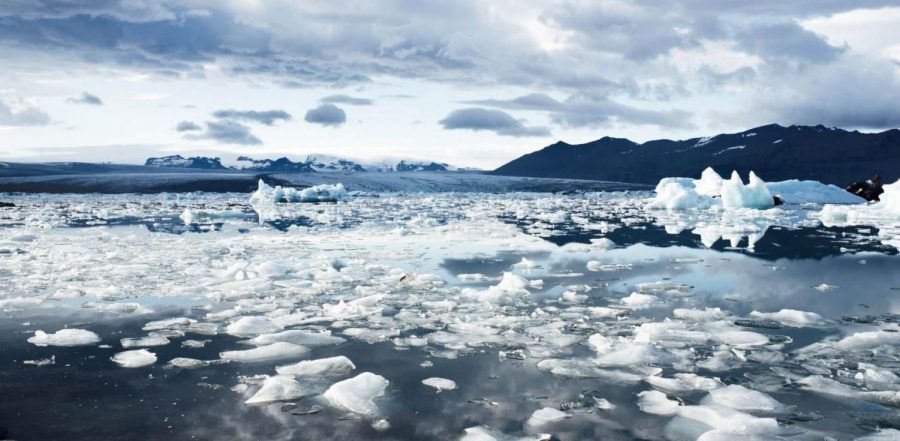Climate change in America: A cycle of misconception
While ice caps melt, sea levels rise and polar bears face extinction, we are busy debating whether all of this is real and if it is a natural occurrence.
Climate change has not been an easy topic to discuss in America.
However, united by the Paris Agreement, the rest of the world is taking major steps to reduce the effects of this disaster.
In the first six months of my time in the U.S., I have tried wrapping my head around why America is the black sheep of climate change.
In America, climate change is seen as a partisan issue.
Most Republicans question the existence of such a problem and believe that it is simply a “natural process.”
This faulty mindset works in favor of the people who benefit from the use of non-green sources of energy.
Those people then create more “evidence” against climate change, causing the public to revolt against the phenomenon.
Generally, these people are influential politicians or speakers.
They aren’t people who can be trusted to analyze climate change as opposed to actual climate change scientists.
However, they use arguments that seem superficially logical but are usually factually baseless.
This creates a cycle that increases the circle of distrust.
Here is an example of how it works.
This winter, the temperature in America faced an unexpected drop.
It was also the first winter under the Trump administration.
President Trump figured that a colder winter must support his argument that climate change is a hoax.
Hence, Trump tweeted on Dec 28, “In the East, it could be the COLDEST New Year’s Eve on record.
Perhaps we could use a little bit of that good old Global Warming that our Country, but not other countries, was going to pay TRILLIONS OF DOLLARS to protect against.
Bundle up!” An analysis from the University of Maine Climate Change Institute was conducted on the same day that Trump tweeted.
It shows that some parts of North America are facing unusually low temperatures compared to the past years.
The analysis, unfortunately (for Trump), supports the idea of climate change.
Across the U.S., people are experiencing a colder winter and can see the unusual change in climate.
This is exactly how climate change is defined.
People envision climate change to be a dramatic increase in the global temperature throughout the year.
Because of this notion, the term “climate change” is replaced by the term “global warming” in most discussions about this topic.
Initially, the term global warming was brought to use because scientists speculated that the overall temperature of the globe would increase in the coming years.
But this does not mean that we will face a perpetual summer.
Research shows that the use of the term global warming often causes people to disregard the concept of climate change and think radically against it.
This misinformation pushes people to revisit the discussion.
The majority of time, whenever someone is arguing against climate change, they use the term global warming.
This is exactly what Trump was doing in his tweet.
More people have access to the president’s Twitter account than statistics from the University of Maine.
Climate change is a phenomenon as complex as nature itself.
People need to find their own information because a Facebook post, some conspiracy theorist and President Trump are not enough for an analysis on climate change.
Credible information from scientists and institutions carry more weight in this argument.




